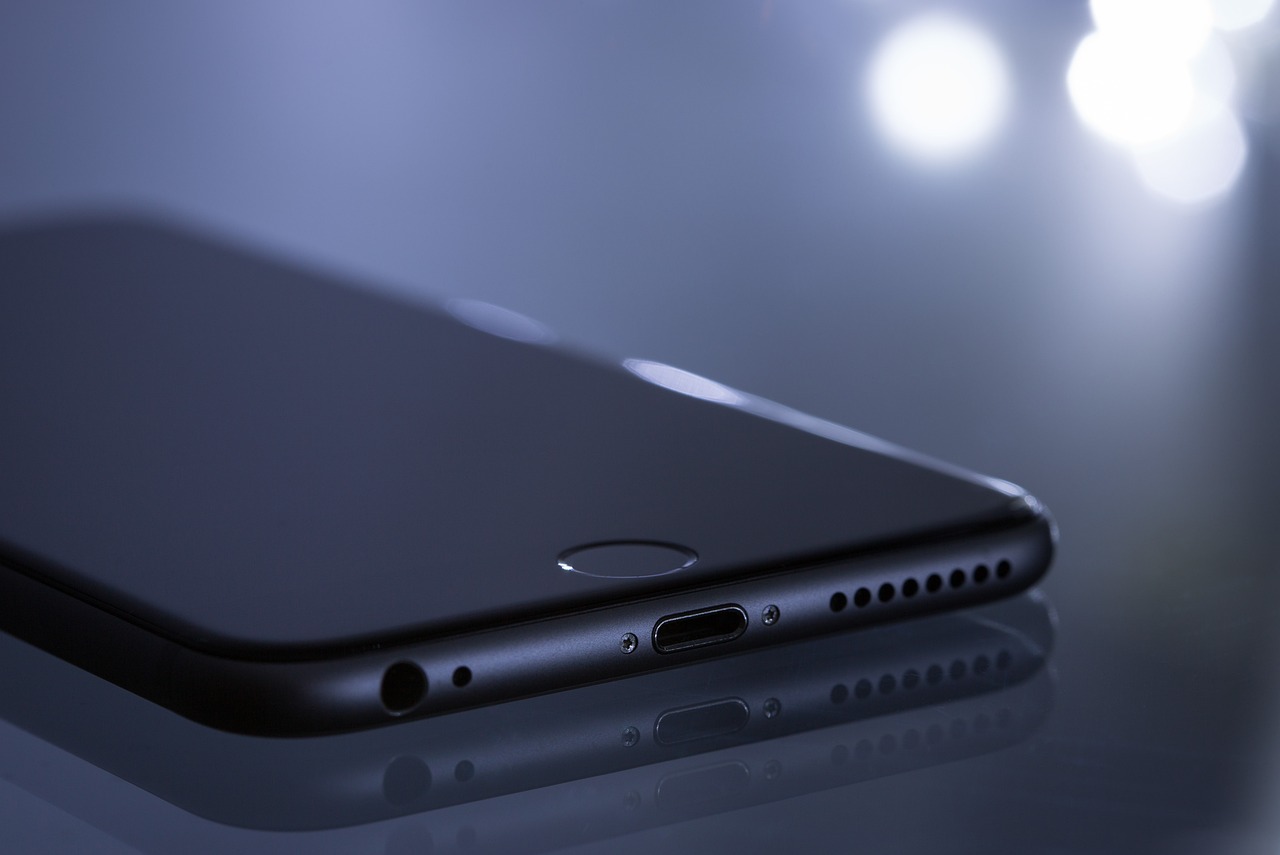Faster than faster, PD3.1 is the future?

Faster Than Faster: Is USB PD 3.1 the Future?
Preface
In 1994, Intel and Microsoft initiated the USB-IF (USB Implementers Forum), an organization dedicated to developing a series of universal serial bus (USB) standards. Among their major contributions is the development of the USB Power Delivery (PD) protocol, which has revolutionized the way we charge and power our devices. The USB PD protocol, coupled with the USB interface, has now become the industry standard for power transfer, ensuring efficient and fast charging for a wide range of devices.
USB PD Protocol Development History
USB Power Delivery (USB PD) is a fast-charging technology released by the USB-IF on July 5, 2012. However, it wasn’t the first USB charging protocol. The foundation of USB PD began with USB BC 1.2, which launched in 2010 as a charging standard. Over the following decade, the USB PD protocol evolved significantly, increasing both the number of supported charging gears and the overall power output.
| Time | Protocol | Interface | Charging specifications |
| 2010 | USB BC1.2 | USB Type-A | 5V 1.5A |
| 2012-7 | USB PD1.0 | USB Type-A USB Type-B | Unknown |
| 2014-8 | USB PD2.0 | USB Type-C | 5V 3A、9V 3A、15V 3A、20V 2.25A、20V 3A、20V 5A |
| 2015-11 | USB PD3.0 | USB Type-C | 5V 3A、9V 3A、15V 3A、20V 2.25A、20V 3A、20V 5A |
| 2017-2 | USB PD3.0 PPS | USB Type-C | 5V 3A、9V 3A、15V 3A、20V 2.25A、20V 3A、20V 5APPS:3.3V-5.9V3A、3.3-11V3A、3.3-16V 3A、3.3-21V 3A、3.3-21V 5A |
| 2021-5 | USB PD3.1 | USB Type-C | 5V 3A、9V 3A、15V 3A、20V 3A、20V 5APPS:3.3-5.9V3A、3.3-11V3A、3.3-16V 3A、3.3-21V 3A、3.3-21V 5AEPR:28V 5A、36V 5A、48V 5AAVS:15-28V5A、15-36V 5A、15-48V5A |
In May 2021, USB PD 3.1 was introduced, pushing charging capabilities to 240W, marking a significant leap from the previous 100W threshold. The protocol is now divided into two key parts:
- Standard Power Range (SPR): This is largely based on the previous USB PD 3.0 specifications, with a maximum power delivery of 100W.
- Extended Power Range (EPR): This new range allows the USB PD 3.1 standard to support a much higher charging power of up to 240W.
Although USB PD 3.1 is rapidly gaining traction, only a few products, such as some Apple laptops, currently support this enhanced charging standard. Experts predict that the market for USB PD 3.1 will continue to grow steadily over the next five years. This evolution of USB PD technology brings numerous advancements and opportunities for both consumers and manufacturers.
Technological Progress: Charging Power Gets an Upgrade
With USB PD 3.1, the most significant change is the increase in power transmission capabilities, supporting up to 240W of charging power. This massive leap in charging capacity means that devices requiring higher power, like laptops, tablets, and smartphones, will be able to charge faster and more efficiently.
However, higher charging power comes with challenges. As the power demand increases, the voltage and current requirements rise, placing additional pressure on both charging equipment and cables. This advancement necessitates new technologies to handle these higher values safely. Moreover, ensuring safety standards at such high power levels will be critical for widespread adoption.
Technological advancements in USB PD 3.1 are pivotal for the future of fast-charging across a range of mobile devices, from everyday smartphones to high-power laptops.
Compatibility and Interoperability: The Road to Unified Standards
As USB PD 3.1 gains popularity, one of the key challenges is ensuring that all devices and accessories are compatible and interoperable with each other. Currently, the USB-IF Association requires all PD 3.1 devices to be certified and listed on their official website. This certification process is crucial in ensuring that consumers can trust the performance and safety of the products they purchase.
The development of unified testing and certification standards will continue to streamline the process and improve the user experience. While interoperability is still a concern, the industry is working toward ensuring that USB PD 3.1 can support a broad range of devices without compatibility issues.
Sustainability and Innovation: A Greener Future
One of the lesser-discussed but equally important benefits of the USB PD 3.1 standard is its ability to reduce energy waste and lower carbon emissions. With its high efficiency, USB PD 3.1 can ensure that power is transmitted more effectively, minimizing energy loss during the charging process.
As environmental concerns continue to rise, sustainability is becoming an increasingly significant factor in consumer purchasing decisions. The energy-efficient capabilities of USB PD 3.1 make it a compelling choice for eco-conscious consumers and businesses alike, as it aligns with the growing push for greener technologies.
Conclusion: The Future of Fast Charging
The USB PD 3.1 standard holds immense potential in transforming the way we charge and connect our devices. With higher power capabilities, enhanced safety, and a focus on sustainability, it’s clear that USB PD 3.1 is a game-changer in the fast-charging world. While it’s still in the early stages of widespread adoption, USB PD 3.1 is likely to be the charging standard of the future.
As more devices begin to adopt this technology, consumers can look forward to faster, more efficient charging solutions that not only meet their power needs but also contribute to a greener, more sustainable world.
Is USB PD 3.1 the future? Absolutely. With continuous advancements and improvements, USB PD 3.1 is set to shape the future of charging technology for years to come.





